Industry weighs in Campa’s comeback backed by Reliance’s clout
Ever since news of Reliance acquiring home-grown aerated beverage brand Campa Cola from Delhi-based company Pure Drinks appeared in the last week of August this year, the market has been abuzz with excitement.
Once a highly popular brand in the 70’s, Campa Cola and Campa Orange enjoyed considerable clout in the market, especially in the North. In fact, even after Coca-Cola made its re-entry in the Indian market in the 90’s and Pepsi too made its foray, Delhiites continued to ask for Campa, which had become a synonym for cola drinks. Along with Cola and orange, Campa also had a lemon-flavoured drink under the Tripp brand.
Launched by Pure Drinks in the 1970s after Coca-Cola was disallowed in India during the Janata Party rule in 1977, Campa Cola attained huge popularity, along with Double7, Thums Up, Goldspot, and Limca brands, and a few other brands such as Sosyo and Dukes.
However, post 1990 when the liberalisation policy was announced, more MNCs entered India. Pepsi was the first global beverage drink to enter the Indian territory, which was later on followed by the re-entry of Coca-Cola, which entered India by acquiring the brands from Parle’s soft drinks portfolio. Thus, Thums Up, Goldspot, Limca and Citra moved to Coke. The international player gradually introduced Fanta and Sprite brands and phased out Goldspot and Citra. Meanwhile, Parle also tried to bring in a diet cola drink, called Do it!, but that did not last long and exited the market soon. Coca-Cola and Pepsi literally stole for fizz from the homegrown brands.
Today, only Thums Up and Limca are present in the market from the old stable of Parle. While Thums Up holds a strong position in the Northern states, Limca also has a significant share of the cloudy lemon drink market.
The return of Campa is being watched with considerable interest. Industry experts feel distribution and positioning of the brand will be key for its success. Pure Drinks Group was the sole distributor of Coca-Cola in India from 1949 to the 1970s. According to industry reports, the acquisition of Campa is in line with Reliance Group’s plans to venture into the soft drinks business under its retail arm. Along with the Campa brand, the group has also taken over the soft drink brand Sosyo. Sosyo was a regional brand mainly present in the Western region.
As reported earlier, at the 45th AGM of Reliance Industries, Isha Ambani, Head of Reliance Retail, had announced that the Group is all geared to launch its fast-moving consumer goods (FMCG) business. As per reports, Campa Cola is slated for a Diwali launch in three flavours – cola, lemon and orange.
While the fizzy drinks category was earlier seen to be seasonal, it has now becoming active for over 9 months of the year, barring the winter season. Deep pockets with continuous promotional efforts will be required to keep the Campa brand top of mind. Today’s youth has grown up with Pepsi and Coke and they also know that they are successful global brands. The recall of Campa among today’s generation is literally zero. They may get to know the pedigree of Campa through their parents and grandparents, but the equity of the brand will have to re-established among Gen Z with some very innovative and eye-catching campaigns. While the retail clout of Reliance will help to push the brand’s reach, but penetration into smaller towns could be a challenge.
Even the communication strategy has to be bang on to catch that young audience. The pandemic also helped both Coke and Pepsi to strengthen their position as working from home also helped in the home consumption of the fizzy drinks. With the festive season and the T-20 world cup cricket coming up, both the brands will look at every other opportunity to stay right on top with their campaigns. Campa has to really disrupt the market with something unique to make some inroads. While price could be one route but sustaining that is not a long-term proposition. Will they go the celebrity route to garner eyeballs as the category is lead with high celebrity endorsements to both functionally and emotionally connect with the masses. The category is all about fun and excitement but what’s up the sleeve for Reliance to make success with this age-old Indian cola brand of the 70’s is anybody’s guess.
Industry Speak
Vani Gupta Dandia, Founder, CherryPeachPlum, and former marketing director, Pepsi Indian Foods, noted, “Today’s generation wouldn't know campa cola at all. However, I wouldn't worry about that. It's a new launch for all practical purposes. In this category advertising is merely vanity.”
She further remarked that on a hot summer day when one is looking for a cold fizzy drink it is not positioning or advertising or which celebrity you have that matters as much as availability. If Campa can get distribution right, by somehow muscling its way into outlets with the right margins and trade schemes then they can offer substantial competition to Coke and Pepsi
Now coming to the positioning, they should build on the fundamental codes of this category – Fizz, Fun, Thirst quenching. They will have to make Campa Cola as easy on the tongue as Coke or Pepsi today is. This doesn't necessarily mean a ton of money. It can be done without using any celebrities, with short duration high frequency ads that get the consumer to simply remember the name – Campa Cola.
According to Sandeep Goyal, Managing Director, Rediffusion, reviving old brands just because they were popular once upon a time is an erroneous supposition. The original audience that consumed and loved this brand is now no longer the hi-consuming public as they are much older and well past their peak consumption.
“With the core target of yore having aged, recreating the brand magic is very difficult. No one of the current generation is really familiar with a Kelvinator or campa cola. It will largely be a zero start. So why did Reliance buy these brands? I think the retail trade memory is longer. They remember the glory days of these brands. The one brand that has succeeded is Royal Enfield. Yezdi and Jawa are still not there.”
According to Goyal, for the brand to succeed first, concentrate on smaller towns; second, bank on the North India skew, and third, forget any ‘heritage’.
Lloyd Mathias, Business Strategist, Investor and former senior marketer at Pepsi, who has worked very closely in this category, commented, “I think the acquisition of Campa Cola is part of a larger game plan for Reliance Retail Ventures to have a range of beverages to go with their larger FMCG foray. With a cola always being an anchor, the legacy and nostalgia of Campa Cola will help when they launch. Over time they could acquire other stand-alone legacy beverage brands (Sosyo, Kalimark, Bovonto, etc.) to build a consolidated beverage portfolio together with more new-age products.”
In a sense it is similar to how they built their store brand portfolio for Reliance Retail in the consumer durables and IT space by acquiring BPL and Kelvinator brands. This strategy gave Reliance Retail a competitive edge over other white labelled store brands that were launched.
He further remarked that competing in a beverage market is never easy with the two global giants Coke and PepsiCo, but brands like Dabur’s Real juice and niche players like Paper Boat have proved that committed local players can carve out their spaces. And, of course, Reliance has a track record of disrupting every category they enter, to their advantage.
Sharing his observations, Amit Adarkar, CEO, Ipsos India, said, “It is not unusual (though difficult) for brands to stay relevant across a long timeline, but a gap of more than four decades means that the brand will be talking to a totally new age cohort who was not even born when the brand was in existence. To that extent, this will almost be like a new launch. However, if the brand wishes to leverage existing residual equity with the older consumers, the brand could always attempt some residual image transference through association / brand endorsement with an older yet evergreen celebrity, but the question still remains- do the older consumers constitute the consumption target for the category.”
Alekhya Chakrabarty, Head of Marketing, Sunstone, added here, “Campa Cola needs to revive the equity of the ‘Great Indian Taste’ which it had. This ‘original formula’ can be a ‘made in India’ reason-to-believe to Coca Cola’s ‘secret formula’. Today’s nationalistic wave shall generate initial trials. The nostalgia is like the scene from the movie Ratatouille, when Anton eats the ratatouille made by Remy, and is transported to his childhood. Parents shall have similar flashbacks this Diwali and will buy Campa Cola.”
The festive Cola commercials where the entire family was shown sitting together and sipping the drink, can be revived. This can be built to a higher purpose of spending quality time together, a need in our digitally distracted lives. This shall stand out from the prevalent communications today which only target the youth.
He further pointed out that Cricket and Bollywood stars who had their heydays in the 80s and 90s but are still relevant can take forward the ‘original taste’ idea. Cred’s usage of nostalgia as a creative device with yesteryear’s stars is a good reference.Only nostalgia, however, will be a risky communication strategy. As millennials and genZ will not have any memories of consumption. This same issue plagued the movie ‘83. While it was well made, it didn’t connect as strongly with those born in the 90s or later.
Promotions through Creators from different genres and a sustainable packaging format can get the trials from the youth. Bigger bottles targeting the family consumption occasion shall be needed with the smaller trial generation SKUs. RIL’s phygital distribution strength will come in handy.



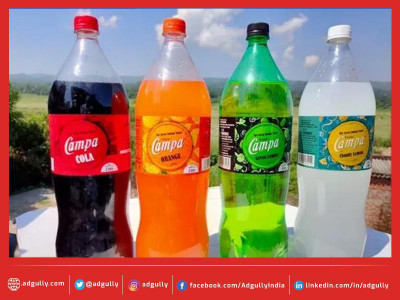
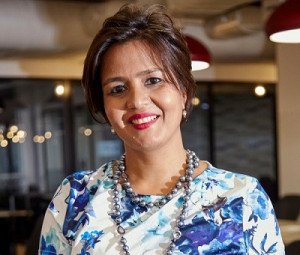
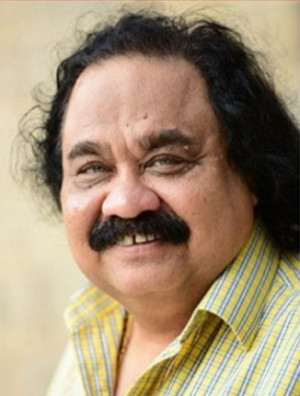
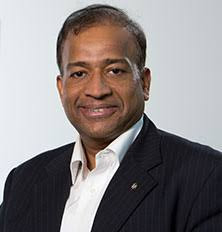
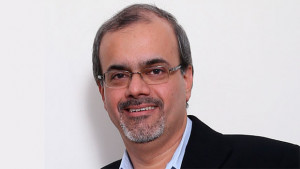



Share
Facebook
YouTube
Tweet
Twitter
LinkedIn